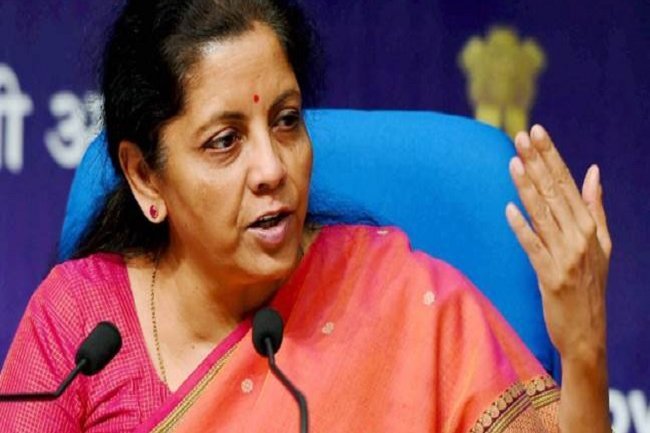Microlenders' Loan Portfolio Shrinks 2.3% in Q1, Rising NPAs Highlight Asset Quality Concerns
The microfinance sector's loan portfolio declined by 2.3% in Q1 FY25, reaching ₹4.32 lakh crore, with rising NPAs indicating asset quality issues. Over-leveraging, especially among borrowers with five or more loans, contributed significantly to the stress. Loan disbursements dropped by 31.2%, and overdue loans across categories increased, with the 31-180 days overdue segment rising to 2.7%. Tamil Nadu and Uttar Pradesh contributed the most to delinquencies, while NBFCs saw portfolio growth and banks faced a 5% contraction. Higher-value loans, exceeding ₹50,000, showed the strongest growth.

Microlenders' Loan Portfolio Shrinks 2.3% in Q1, Rising NPAs Highlight Asset Quality Concerns
The loan portfolio of microfinance institutions (MFIs) experienced a 2.3% quarter-on-quarter decline, falling to ₹4.32 lakh crore during the April-June period of FY25, while non-performing assets (NPAs) showed a notable rise, according to a recent report. The report, published by credit information company Crif High Mark, highlights growing challenges in the microfinance sector, which is facing increasing stress on its asset quality.
In recent months, microfinance institutions, along with banks and small finance banks that issue microfinance loans, have been facing difficulties with this segment. The regulator has also raised concerns over the rising stress in microfinance loan portfolios.
One of the key drivers behind this increase in stress is over-leveraging among borrowers, particularly those with five or more active loans. Nearly half of the rise in incremental stress compared to the same period last year came from this borrower group, reflecting deeper structural challenges in the microfinance ecosystem.
The first quarter of FY25 also saw a significant drop in disbursements, with the total loan disbursed amount falling by 31.2% quarter-on-quarter to ₹79,000 crore. The number of loans disbursed decreased by 32.1%, reaching 1.62 crore loans.
On the asset quality front, all three categories of overdue loans—up to 30 days, 31-180 days, and over 180 days—showed increases. The largest rise in stress was observed in the 31-180 days overdue loans, which jumped to 2.7% as of June, compared to 2.1% in March.
Geographically, Kerala, Tamil Nadu, Odisha, and Rajasthan reported the highest levels of stress in asset quality, while West Bengal, Karnataka, and Maharashtra saw the least increase. Tamil Nadu and Uttar Pradesh alone contributed to over a third of the incremental delinquency when compared to the previous quarter.
Among the different types of lenders, non-banking financial companies (NBFCs) demonstrated a 2.7% portfolio growth, while banks saw the sharpest decline, with a nearly 5% contraction. There also appears to be a shift towards higher ticket size loans, with loans exceeding ₹50,000 showing the strongest growth.
The report also flagged a concerning 17.2% increase in borrowers with more than five active loans as of June, with West Bengal and Karnataka experiencing the highest growth in this over-leveraged segment.
Click Here to Visit
What's Your Reaction?
















